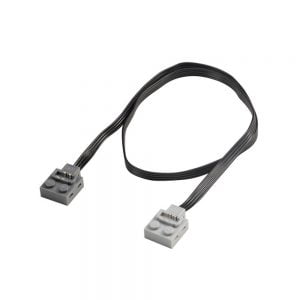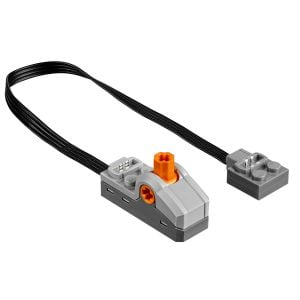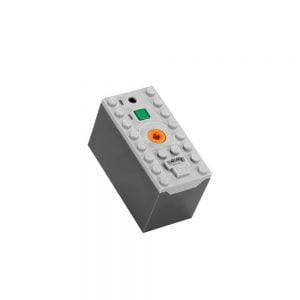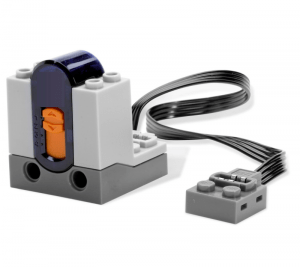For primary school children, the Panhellenic Educational Robotics Competition 2024 features three categories:
There are now two age groups in the open elementary category:
- Primary 1st grades (A’-D’) “Simple machines unite the Mediterranean Sea”
- Primary grades three through six “Mediterranean: source of life and culture”.
- “Football 2×2” is a parallel category for students in the third and fourth grades.
Elementary is designed to help students develop their ability to actively participate in groups by taking on specific roles, become familiar with the problem-solving process, and explore hands-on engineering and algorithmic thinking concepts related to building and programming robotic structures using MIT’s free Scratch software. The competition therefore familiarises pupils with the core chapter of “simple machines,” complementing the educational objectives of the curriculum.
(Open Category)“Mediterranean: source of life and culture” | 3rd-6th grade
The Mediterranean is the cradle of European civilization. It unites three continents with its closed, protected sea: Europe, Asia, and Africa. It encapsulates all of the artistic and philosophical currents that arose throughout the fruitful period.
over the centuries. She lets them flow and mingle through her various channels. It is the multiculturalism paradigm moulded by coastal peoples of many religions, values, attitudes, and styles who learned through their voyages and colonisations to interchange goods and products of their art and craft in order to live together in a measure of solidarity and mutual respect.
“The Mediterranean is a coexistence of ideas, feelings, cultures, ways of life, and creation.” It is a cultural crossroads, a starting place, and a goal,” writes visual artist Giorgos Lazogkas.
The Mediterranean Sea is a transcontinental body of water that flows into the Atlantic Ocean. It borders Spain, France, Monaco, Italy, Malta, Slovenia, Croatia, Bosnia and Herzegovina, Montenegro, Albania, Greece, Turkey, Cyprus, Syria, Lebanon, Israel, Palestine, Egypt, Libya, Tunisia, Algeria, Monaco, Gibraltar, and Morocco, thus “separating” Europe from Africa.
It has a land area of 2,510,000 square kilometres and a population of more than 15,000,000 people. In the third century, the Latins, particularly Solinos, used the word “Mare Mediterraneum” (the sea between two continents) for the first time. The name “Mediterranean” was coined by Meletius II, an Athens geographer and bishop.
The Mediterranean is distinguished for its deep blue colour, which results from plant non-growth due to nutritional deficiency. This deprivation, however, does not imply a lack of biodiversity, as its seas are home to over 12,000 species, 13 of which are endemic, including the loggerhead turtle and the Mediterranean seal.
It is not unreasonably referred to as the “hotbed of Western civilization” because, as a result of the cultural exchanges that happened as a result of trade, some of the greatest civilizations arose on its beaches. As a result, both the arts and sciences, such as astronomy and mathematics, flourished.

The official supplier of equipment for the Panhellenic Educational Robotics Competition is knowledge research.
Free webinars for coaches in the context of the Panhellenic STEM & Educational Robotics Competition 2024
soon…
Registration Form
(**The number of entries equals the number of groups in which you intend to participate. Please find the parental consent form below and attach it to your completed form, one for each kid. You will also have the paperwork printed out and ready to present to those in control on the day of the even
















